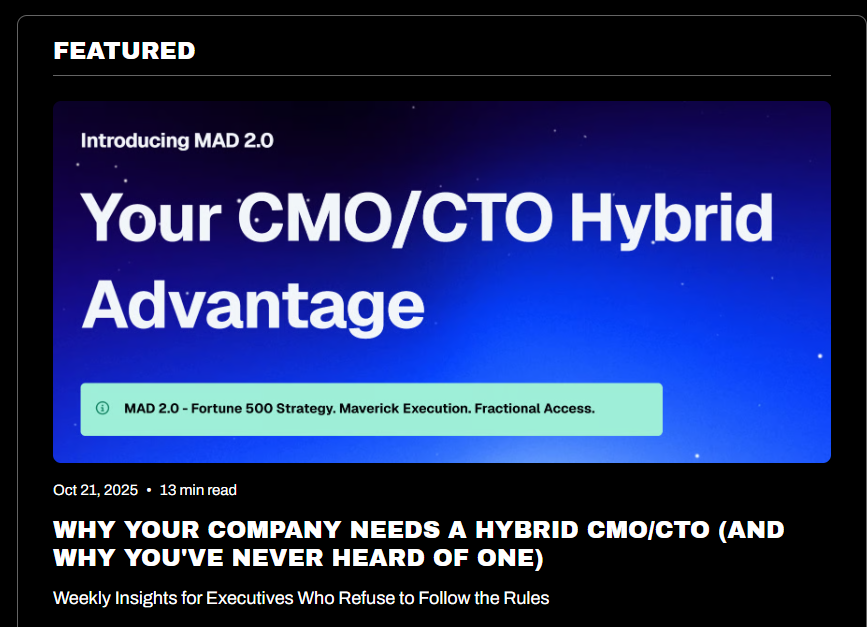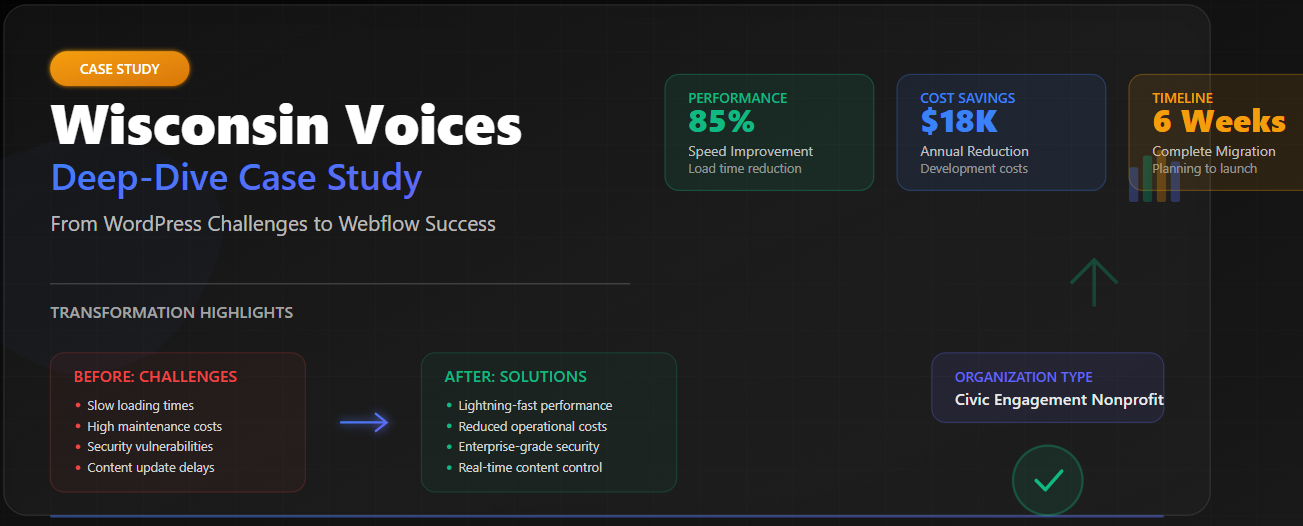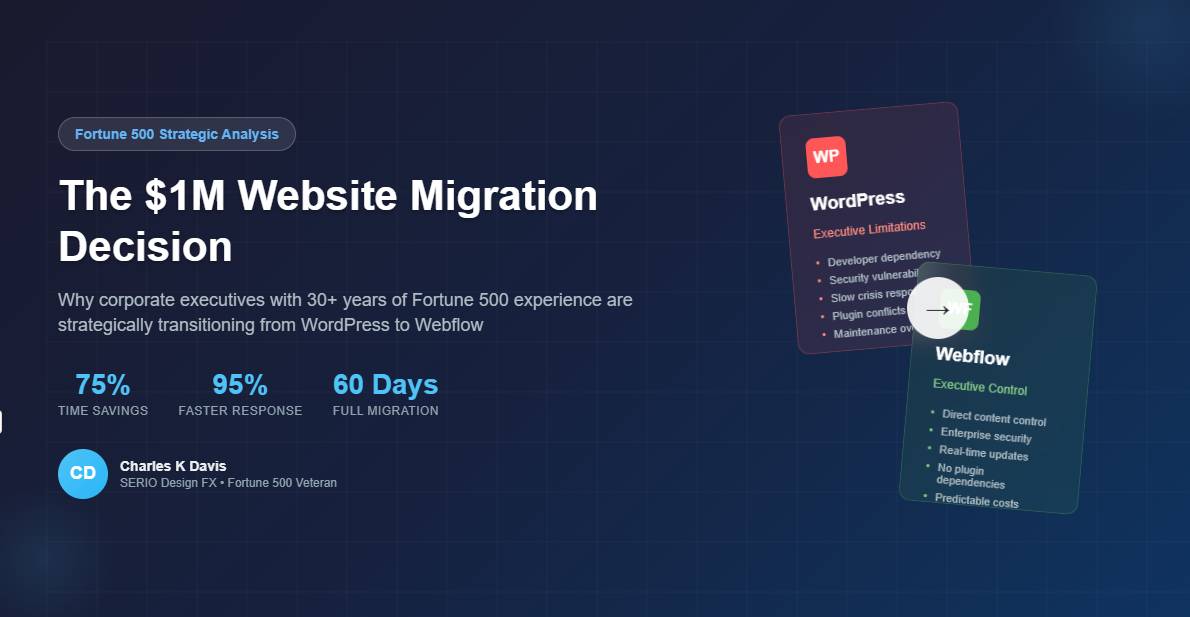Digitalization and Agile Digital Services - The New Way Forward

Digital services are quickly becoming the standard for how organizations do business. As customers demand more innovative and accessible services, agile digital services provide companies with the tools they need to stay ahead of their competition and deliver better customer experiences. In this article, we'll explain what agile digital services are and how they can be used to help your business succeed.
The Importance of Agile Digital Services
Agile digital services are essential for companies to remain competitive and stay ahead of the curve. By taking advantage of new technologies, businesses can create more efficient solutions and more personalized experiences, while reducing costs and increasing customer satisfaction. Digital transformation allows businesses to keep up with changing customer needs, ensure they’re providing the best possible service, and remain relevant in a rapidly-evolving digital world.
Agile digital services can be implemented quickly and at a fraction of the cost of traditional solutions. This makes them ideal for businesses who want to remain competitive in the digital age. Agile programs also provide flexibility when it comes to adapting to changing customer needs and preferences, allowing businesses to respond quickly to new trends or customer feedback without having to completely overhaul existing systems.
Additionally, agile development also allows companies to create more personalized experiences for their customers as well as reduce development time – meaning lower costs and quicker solutions. Therefore, taking advantage of agile digital services is an essential part of maintaining a competitive edge and remaining successful in today’s digitally driven world.
Technologies You Need To Succeed
In order to get the most out of digitalization and remain competitive, organizations need to use cutting-edge technologies. Some of the key technologies they should look at include artificial intelligence (AI), data analytics and automation tools—all of which can help them streamline processes and make better decisions.
Utilizing AI can give a business insight into customer preferences, create personalized services, and enable predictive analysis. Data analytics can provide companies with an in-depth understanding of their operations, allowing for better decision-making. Automation solutions can save time, money, and resources by automating mundane tasks so you can focus on more important tasks.
Agile digital services are also essential to succeeding in today’s digital world. Agile methodology promotes adaptive planning, evolutionary development, continual improvement and encourages rapid and flexible response to change. By implementing such services as remotely hosted software, secure cloud storage and mobile app development, businesses can increase their agility and scalability while enjoying the benefits of deploying cutting-edge technologies.
With the right strategy in place, companies can make sure their processes remain up-to-date with new cutting-edge technologies, ensuring optimal performance without sacrificing customer service or satisfaction.
Understand the Benefits of Digitalization for Your Business
Digital services offer a variety of advantages that can help your business succeed. By taking advantage of digital processes and methods, you can reduce costs and save time, increase efficiency, foster innovation, and provide better customer service. Learn about how you can leverage the right technologies to maximize these benefits for your business.
Agile digital services allow your team to quickly develop, deploy, and optimize products and services.
Agile development models help teams remain flexible throughout the entire process and allows them to quickly implement changes. Not only is this a more efficient way of working, but it also helps your team stay ahead of the competition by having the most up-to-date technology.
Additionally, agile technologies can reduce costs by providing a cost effective framework for development and helping to reduce error rates. Finally, end users benefit from these faster turnarounds as they get access to improved products faster than through traditional methods.
Leverage Automation with Agile Methods
Automating your digital processes is the key to getting the most out of agile methods. As technology advances, more businesses are taking advantage of automation for their digital services.
Automation can help optimize processes and reduce manual labor costs. Additionally, it helps businesses gain speed, accuracy, scalability and redundancy. Leverage automation to save time and energy while simplifying redundant tasks and streamlining your workflow.
Automation has become increasingly accessible thanks to the development of no-code technologies. This allows organizations to integrate their services with automation tools that can help automate tedious and manual tasks.
Automation tools like Zapier, Notion and IFTTT can help create integrations and make it easy for non-technical individuals to build automated processes in minutes or hours instead of days or weeks. Automation helps streamline processes that are time consuming and prone to error, leading to greater efficiency and effectiveness in agile digital service delivery.
Establish a Data-Driven Mindset and Culture.
Achieving the full potential in digitalization and agile digital services starts with having an organization-wide commitment to data-driven solutions. Establishing a culture focused on using data to measure, inform, and drive decision making is critical to success.
This means being open-minded with technology, embracing analytics solutions, leveraging artificial intelligence (AI), and reconciling cloud solutions.
To support this mindset shift and ensure successful implementation, it’s important to build teams with diverse skill sets who can be adaptive and collaborative in their approach towards solving complex problems.
Organizations should also empower their leaders with an understanding of the current market trends, customer needs and technology advancement. This allows them to assess the competitive landscape and make tailored business decisions.
Moreover, creating an environment that values experimentation and learning is key to progress.
Creating a framework for creating teams organized around specific data-informed problems encourages knowledge sharing across teams as well as creating structures that embrace change and flexibility. Lastly, taking steps to foster communication amongst different departments can ensure cohesive collaboration and the successful implementation of ideas throughout company processes
Make Use of Modern Data Technologies and Tools
As you seek to deliver agile and digital solutions, take advantage of modern technologies and tools like cloud computing, machine learning, and AI. These capabilities give you the ability to generate insights from large datasets in real time.
Additionally, leveraging open source technology can provide instant access to services and accelerate software development ROI. This can also reduce time spent on manual tasks such as coding or debugging.
Making use of modern technology will also enable your organization to build and maintain a digital infrastructure that is agile, responsive, secure, and tailored to meet customer demands quickly. By leveraging advanced capabilities such as real-time data feeds, automated analytics, and machine learning algorithms, you can launch and maintain digital products faster.
This will help businesses to maximize their profits by leveraging the agility of the cloud to optimize complex processes for maximum value delivery.
Additionally investing in AI, ML and big data technologies helps businesses access valuable insights from large datasets in an equally efficient way.
Implement a Continuous Improvement Process for Feedback and Improvement.
Another way to leverage technology for greater agility is to implement a continuous improvement process, where feedback from customers or employees is gathered and data analytics are used for insights. This will enable you to apply the learning’s quicker.
Additionally, an accurate and up-to-date documentation of changes is necessary for tracing errors and debugging them faster. All this can lead to faster problem resolution and improved customer experience.
Continuous improvement processes also encourage organizations to track, analyze and respond to problems quickly, as well as identify and implement improvements. This can be done through automation of tasks or regular review of customer feedback.
Such reviews improve digital services with respect to stability, scalability, usability and provide a platform for continuous innovation.
Feedback plays an integral part in ensuring the quality of these digital services while providing insights into areas that need improvement. In summary, continuous improvement ensures optimized resources and improved productivity.
Focus on Digital Customer Engagement
Agile digital service delivery means responding quickly to customer needs and feedback by adapting to the changing landscape of technology.
All businesses, from the music industry to product retailers, are becoming increasingly dependent on digital tools to offer customers options that meet their expectations for personalized experiences. By utilizing agile models to deliver goods and services digitally with speed and accuracy, businesses can remain competitive and maintain customer loyalty in this ever-evolving digital age.
Agile digital services focus on building customer intimacy in order to drive engagement. This approach differs from traditional digital and marketing projects, encompassing three key characteristics: Agile digital services put customer experience at the forefront of all digital solutions. In contrast to conventional marketing strategies, which are centered around CRM and other back office automation, agile digital services emphasize front-end user experiences.
Agile digital services are sets of applications and tools that leverage the power of automation to streamline customer experiences through social, data, cloud and mobile technologies. This technology stack enables businesses to create value quickly by providing tailored digital solutions that can adapt to customer needs in real-time. To capitalize on the potential of digital services, companies must embrace agile methodologies and pivot away from traditional analog operations. This means changing direction and identifying new opportunities that arise as businesses evolve their products and services to serve the needs of the digital customer
Support the Vision with Digital Marketing Platforms
Adobe has reported that its agile marketing approach has led to faster product development and improved collaboration between teams.
GE has credited its agile marketing strategy with helping it to better understand and respond to customer needs.
IBM has said that its agile marketing approach has allowed it to be more responsive to changing market conditions and to better serve its customers.
Cisco has reported that its agile marketing approach has led to improved efficiency and a better customer experience.
In general, companies that have implemented agile marketing have reported benefits such as:
- Faster time-to-market for products and services
- Improved collaboration and communication within teams
- Increased flexibility and ability to respond to changing market conditions
- Better alignment of marketing efforts with overall business goals
- Improved customer experience and satisfaction
- Increased efficiency and cost savings.
By using agile digital services, the company was able to offer its clients mobile applications for convenience, as well as self-managed and virtual consultations. Furthermore, using these digital services allowed for storage of consumer data through biometric devices.
Agile digital services are transforming the way companies interact and deliver products. The transition from traditional enterprise resource planning systems, which limit flexibility and create high costs, has been replaced by cloud-based applications that are much more flexible, cost-effective and agile.
Companies can now make use of mobile devices and tablets to access an array of new digital offerings, including online catalogs, software exchanges and more. In this way, a company's IT organization is no longer defined by its physical boundaries but instead encompasses the entire global digital landscape.
For today's businesses, digital platforms offer a powerful way to innovate outside of the company and create customer-centered solutions using enterprise resources.
The agile nature of these digital services lets organizations use different cloud-based technologies such as Big Data, social media, IoT, and mobile devices.
With digital platforms accommodating limitless technology partners, teams can put together a solution rapidly in order to keep up with changing customer needs or market changes.
Moreover, digital platforms provide an interface (API) for easy integration, a service catalog and collaboration tools so companies can transition into the next phase of their digital transformation process with ease.
Agile digital services are increasingly popular and cost-effective way to take advantage of new platforms and solutions.
While these services provide a wide range of benefits, they also introduce new cyber risk challenges for IT teams to tackle. The challenge lies in the speed at which digital platforms usually operate, compared to the relatively slow compliance measures taken by IT departments.
Ignoring the risks involved can impede innovation, so it’s important for businesses to find a balance between security and agile digital services. In an agile digital services environment, companies need to prioritize potential risks and manage them using intelligent solutions. These secure interfaces allow them to unlock their existing IT assets and create space for digital innovation and development.
At the same time, organizations need to ensure that the security of their assets and data remains uncompromised while striving for speed, safety, and growth in a competitive digital landscape.
Embrace Digital Agility to Create Advantage
Agile digital services are a way for businesses to quickly evolve and adapt with ever-changing market and customer needs.
Unlike traditional models that require lengthy project cycles and separate, disconnected platforms by business function, agile digital services allow businesses to remain responsive and quickly adjust as market conditions shift. With this approach, projects can be completed quicker, ensuring success criteria and ROI can more easily be reached.
Organizations today must develop digital agility in order to stay competitive and successful. This involves using digital technologies to quickly adapt to changes in the market and operations through experimentation and adjustment.
Companies are encouraged to look at their business objectives throughout 30-day sprints and make incremental improvements each time. Effective execution of this agile strategy requires effective innovation governance as well as an understanding of how to be agile in practice.
Agile digital services provide businesses with the flexibility to rapidly develop and deploy digital solutions that align with their customer needs. By using a digital innovation framework, businesses can improve their digital maturity through testing and assessing the outcomes of their strategies.
This enables businesses to continuously update their digital strategies in order to keep up with customer demands and ensure sustainable growth in the long-term. Agile digital services present a unique opportunity to adapt quickly to customer needs and demands.
By leveraging centralized coordination of digital programs and utilizing key performance indicators and scorecards, organizations are able to make radical changes in an efficient and effective manner. This allows for more streamlined management of cross-border teams, frameworks, designs, and platforms, while also allowing for better risk mitigation across locations.
Agile Digital Services is a process of integrating digital technology into all areas of your business, for the purpose of creating new, innovative products and services to meet customer needs. It requires an iterative approach that enables businesses to rapidly deploy new digital services in order to stay competitive in the modern market. Through agile digital services, organizations are able to respond quickly to industry trends and customer feedback, making them more nimble and adaptive than ever before.
Agile Methodologies RAD and JAD
Rapid Application Development (RAD) and Joint Application Development (JAD) are both Agile methodologies that focus on speed and flexibility in the software development process.
RAD is a method that prioritizes rapid prototyping and iteration over comprehensive planning and design. This approach allows for quick implementation of new features and changes, allowing for more frequent feedback and more efficient use of resources.
RAD is very effective when developing digital marketing processes with people who are unfamiliar with the processes.
JAD, on the other hand, is a collaborative method that involves a team of stakeholders and developers working together to define and design the project. This approach allows for a more comprehensive understanding of the project's requirements, and better communication between all parties involved.
JAD is very effective when developing digital marketing processes after teams have gone through a brand strategy discovery process.
Both RAD and JAD have been shown to improve the software development process in different ways. RAD's rapid prototyping and iteration approach allows for faster time-to-market and more efficient use of resources. JAD's collaborative approach leads to better communication and understanding of project requirements, resulting in a more comprehensive final product.
Overall, the choice between RAD and JAD will depend on the specific needs and constraints of the project, and the goals of the development team.







.jpg)



.jpg)












.jpg)


.jpg)
.jpg)

.jpg)


.webp)



















.png)

.png)





.png)





.png)





























